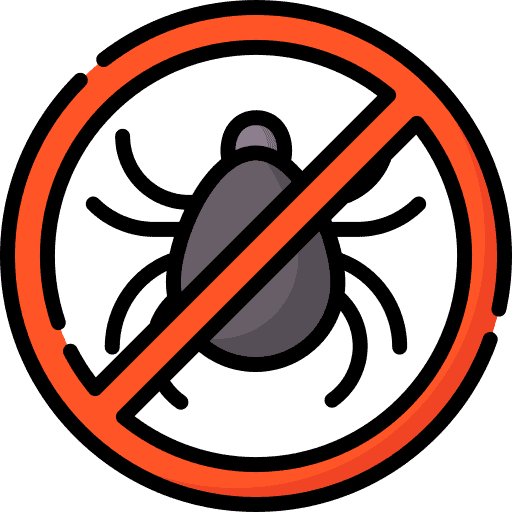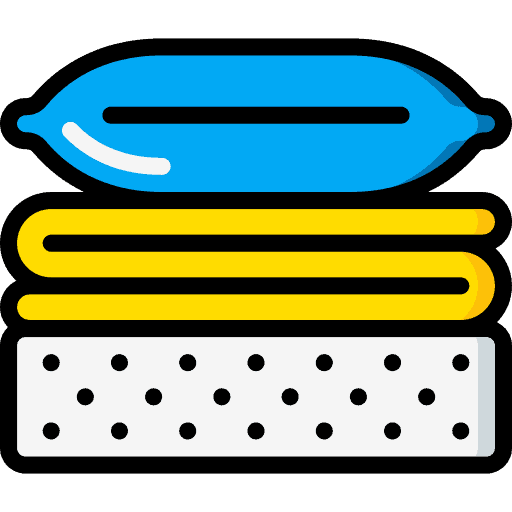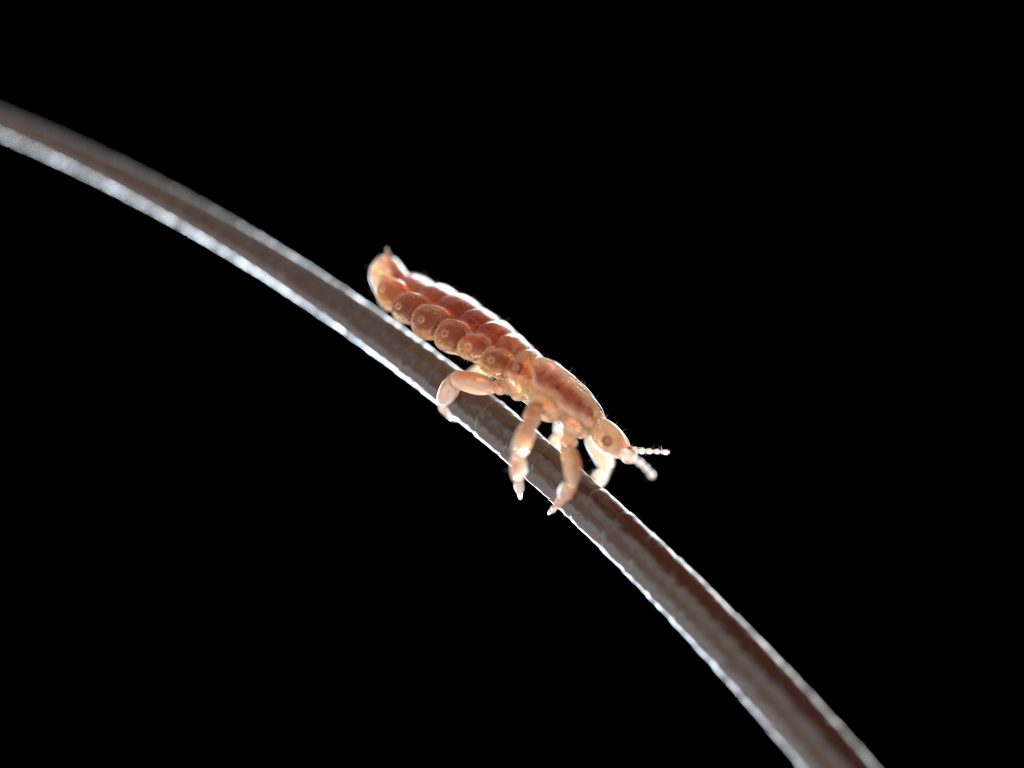Pillow Advice
Can Head Lice and Nits Live in Pillows and Sheets?
When a family is affected by lice, one of the first reactions is to change all the sheets and bedding. Understanding how lice live can help us find a solution to eradicating them.
Head lice are very common. Children between the ages of 3 and 13 are perhaps the most susceptible. Outbreaks are not dangerous but they are contagious and very annoying. Contrary to popular belief, getting lice is not because you don’t wash your hair. Clean hair can get lice too. Lice can’t fly, jump or swim, so getting treatment is easier than you think.
The Life of a Louse

Louse is the singular form of lice, and its life starts as an egg or nit. Female lice lay around half a dozen eggs per day. This tiny speck is yellowish in colour and is around 1mm long. They have a glue-like surface which makes them hard to remove. Nits hatch after about 10 days and release nymphs, which become adults 7 days after hatching.
Just like us, lice need to eat several times a day. This is why they draw blood from the scalp. Lice are parasites and can’t live without a human host for more than 24 hours. It is important to know this because there are misconceptions about how lice spread and how to respond appropriately.
Lice move by crawling. They cannot fly, jump or swim. They are spread by direct contact with the hair of an infected person. Anybody who has come in head-to-head contact with a person with lice has a good chance of getting it.
Do I Need to Change My Pillows and Sheets?
Relax. You don’t need to fumigate the house or throw everything inside the washing machine. If your child or family member has head lice, you just need to wash their clothes, bedding and towels. Use the normal setting for washing but use the hottest drying cycle possible. Lice and nits can’t live underwater for long, and the high temperature is usually enough to kill them.

Stuffed toys don’t need to be washed. You just need to stick them in the dryer on a high heat for 20 minutes. It is important to think about where lice might have fallen. Hats, backpacks and the headrests of your car should be checked and cleaned. You can try vacuuming these items.
You also need to clean brushes, combs, headbands and other hair accessories, as hair is usually found in these items. It’s always better to clean them than risk re-infestation. Brushes can’t be machine-washed but they can be cleaned. Start by removing all the hair that’s stuck to the brush or comb. Throw them in the sink that’s filled with hot soapy water. Generally, lice can be killed in water around 55°C. Keep them there for at least 30 minutes. Rinse, dry and then use as usual. Other items that can’t be laundered or cleaned this way can be dry-cleaned or sealed in a garbage bag for 2 weeks.
Once you’ve washed all the bedding, you need to clean around the infested rooms. Even though lice can’t live long without a human host, many people cringe at the thought of having them crawl around the room. To avoid this, you need to decontaminate surrounding areas. Start by vacuuming the carpet. Lice can’t live there, so this is for your peace of mind. Vacuum the mattresses too.
There are bedding sprays available to buy but you can use a homemade one too. You can mix 2 cups of water with 10 drops of essential oil, such as tea tree, lavender, rosemary and peppermint, in a spray bottle. Spray on bedding and other surfaces. Lice don’t like the smell, so they are a natural but fragrant repellent.
Once everything is cleaned to your liking, you can put on clean bedding and pillowcases.
Lice Prevention
Lice are spread through human contact. The sooner they are detected, the better. Quick action on your part can prevent them from spreading in your home.
Here are some tips to follow:
- Screen your child once a week. The first signs of lice are usually nits and head-scratching.
- Check them thoroughly, especially after returning from school.
- Promote lice screening at school. This can help limit or prevent outbreaks.
What to Do During Infestation?
If an outbreak occurs at school or at home, follow the cleaning steps directed above. The other thing to do is to treat the person with head lice. There are many treatments available in department stores. There are shampoos, combs and other over-the-counter remedies. To prevent infestation for the whole family, it is better for every member to use an anti-lice shampoo until the outbreak is contained.
After each treatment, check the hair by using a nit comb. This will decrease the chance of re-infestation. Continue to check for 2 to 3 weeks to ensure that all lice and nits are dead.
Takeaway
Lice are a nuisance but there’s no need to panic and start replacing pillows and mattresses. Take comfort in the fact that they can’t live long without a human host. Getting rid of them is relatively easy when you follow the correct steps.

